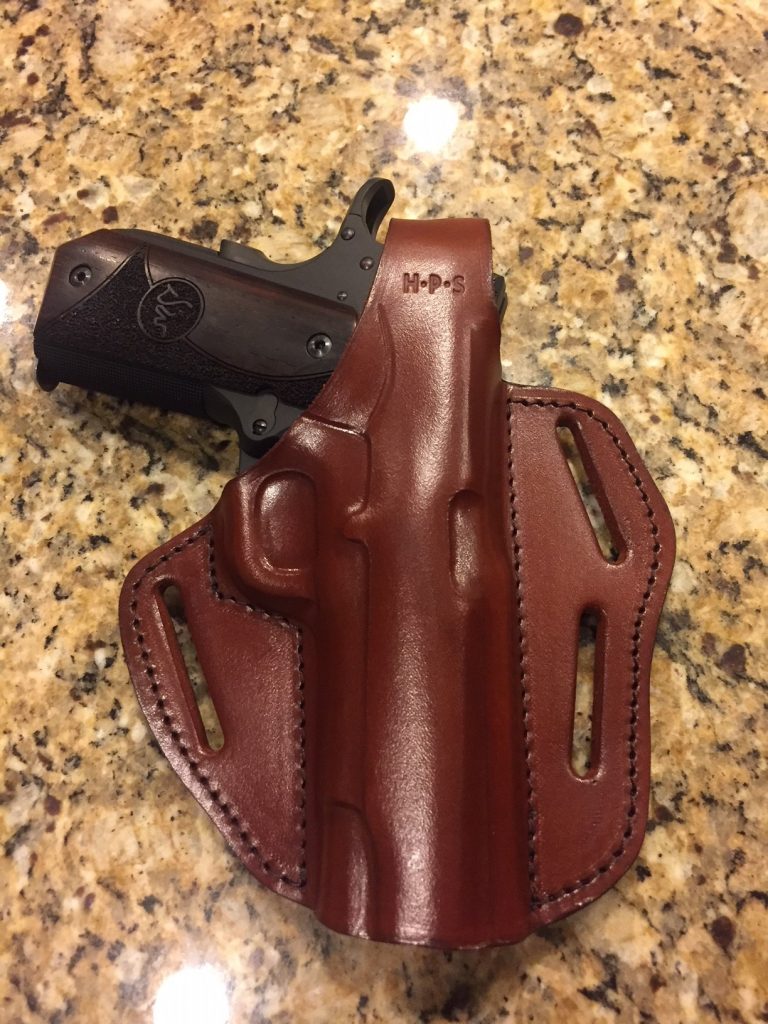Long Range AR Caliber Options
BY Herschel SmithThe Valkyrie takes standard .224-inch diameter bullets just like the .223 Remington but handles higher weights. Common loads among those released so far range between 60 and 90-grains, and 90 is the most common so far. Like the 6.5m Creedmoor, the bullets are by definition long for their weight, so the .224 Valkyrie also carries velocity downrange much more efficiently than .223 Remington alternatives. Let’s consider some examples.
[ … ]
A similar phenomenon happens with the .224 Valkyrie. When comparing to the common “long range” version of a .223 Remington cartridge, the 77-grain bullets, it carries velocity down range more efficiently. A Federal Premium .223 Remington loaded with a 77-grain Sierra MatchKing leaves the muzzle at 2,720 feet per second. At 500 yards, it’s still zipping along at 1,674 feet per second. At 1,000 yards, it’s gone subsonic to 1,056 feet per second. The Federal Premium 90-grain .224 Valkyrie has a muzzle velocity of 2,700 fps. At 500 yards, it’s still cooking at 1,994 fps and carries 1,422 fps at 1,000 yards. Depending on your altitude and other conditions, it can remain supersonic past 1,300 yards.
The ability to “lose less speed over distance” is what makes the 6.5mm Creedmoor and .224 Valkyrie perform well at long range.
Tom McHale likes both the 6.5 Creedmoor and the .224 Valkyrie.
I’ll also comment that after making some rather cryptic remarks about the 6.5 Grendel several weeks ago, I’ve both looked out for good, well-reviewed 6.5 Grendel guns, as well as the availability of 6.5 Grendel ammunition.
There aren’t a lot of guns out there, and the ones that manufacturers do make are quite pricey if the barrel is any good. There are .224 Valkyrie guns everywhere, some for quite good prices. I’ve also see a fairly good bit of .224 Valkyrie ammunition in stores and online, but absolutely no 6.5 Grendel in local stores. Not a single box in any gun store, Cabela’s, or anywhere else.
The .224 Valkyrie sends a 90-gr bullet down range as fast as the 6.5 Grendel 90-gr round, and it seems to hold its velocity better at distance. If so, then the 6.5 Grendel probably won’t ever be anything more than a “wildcat” round and the Valkyrie will become more popular.





